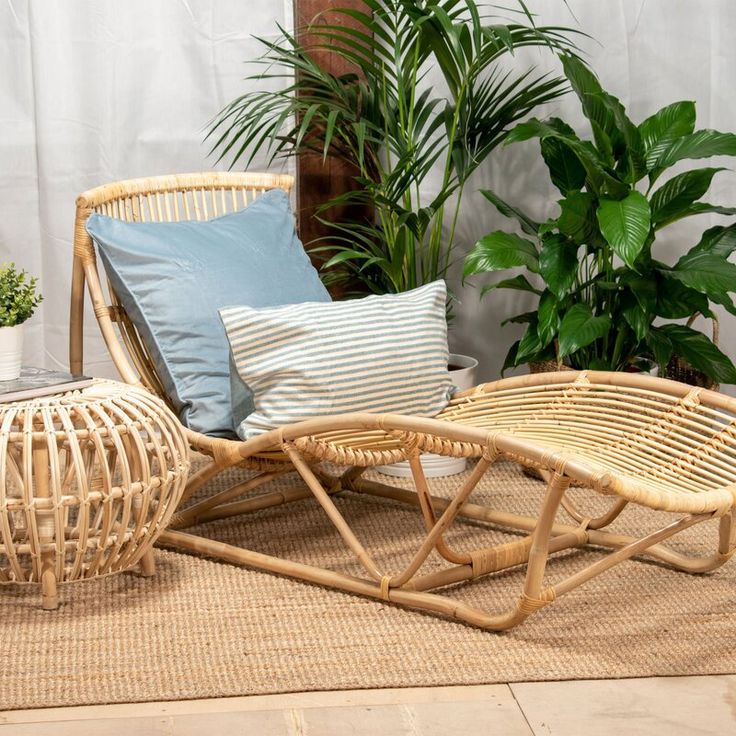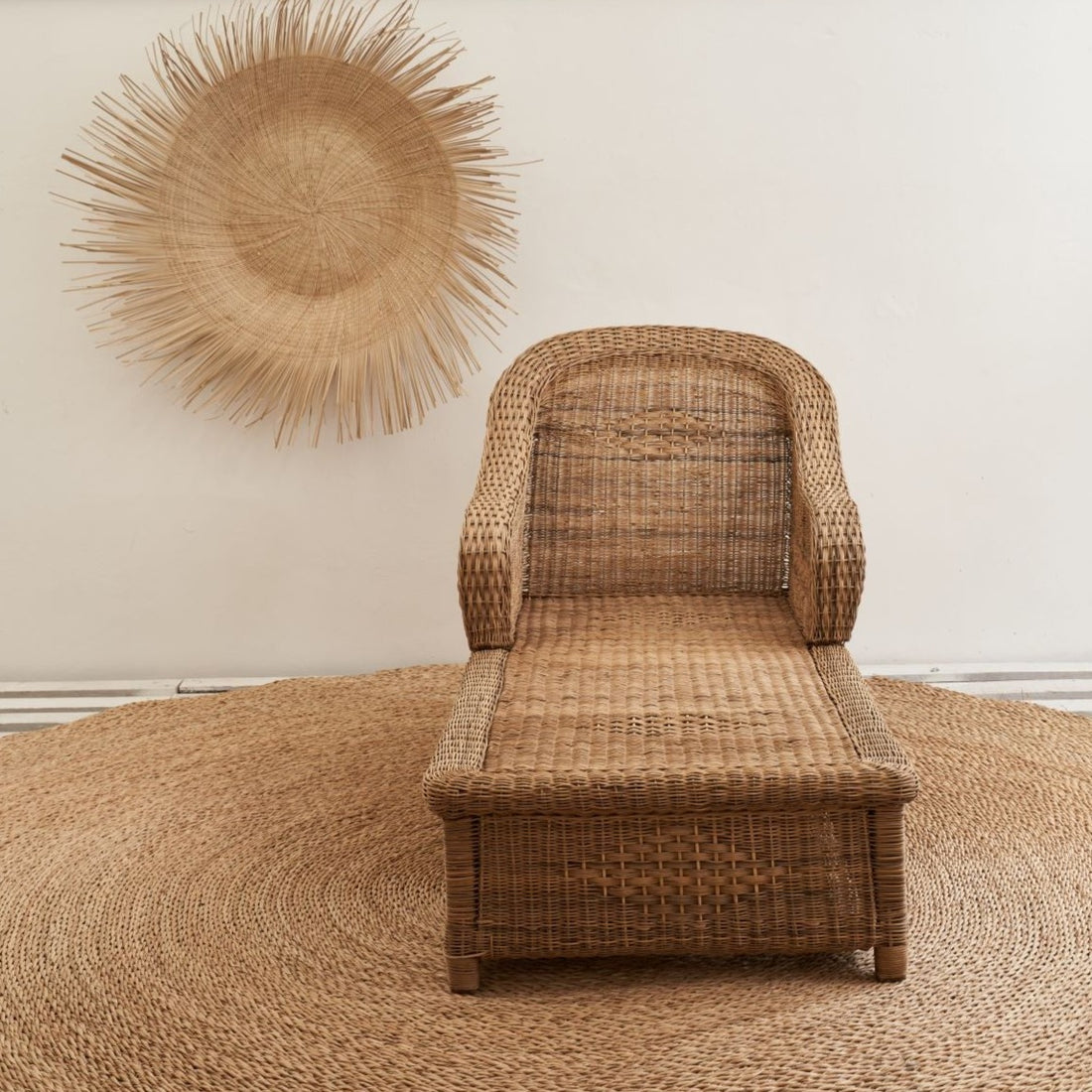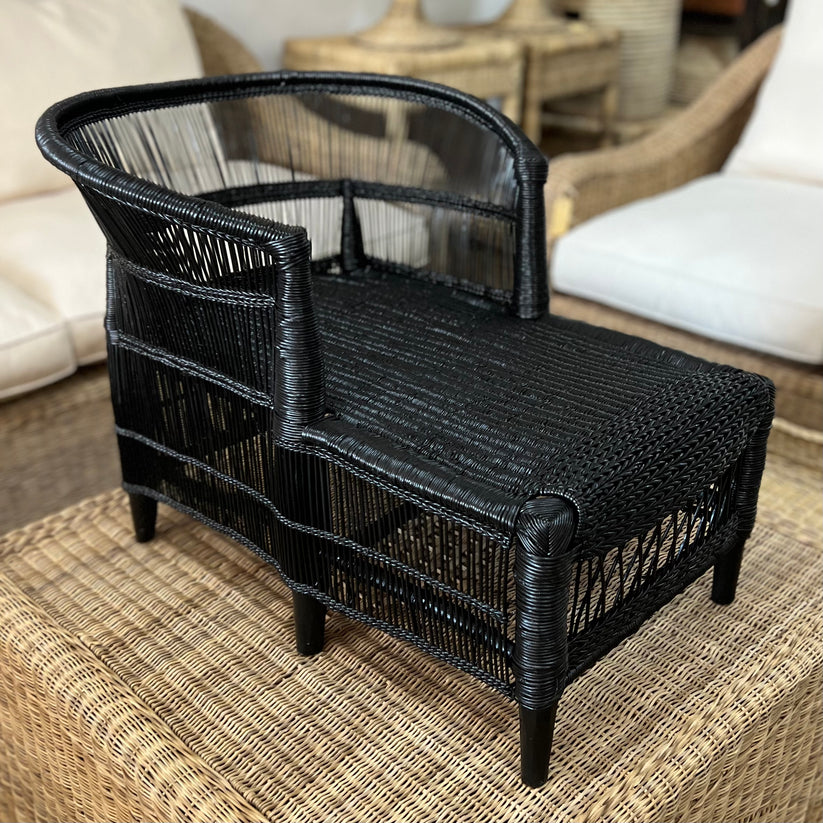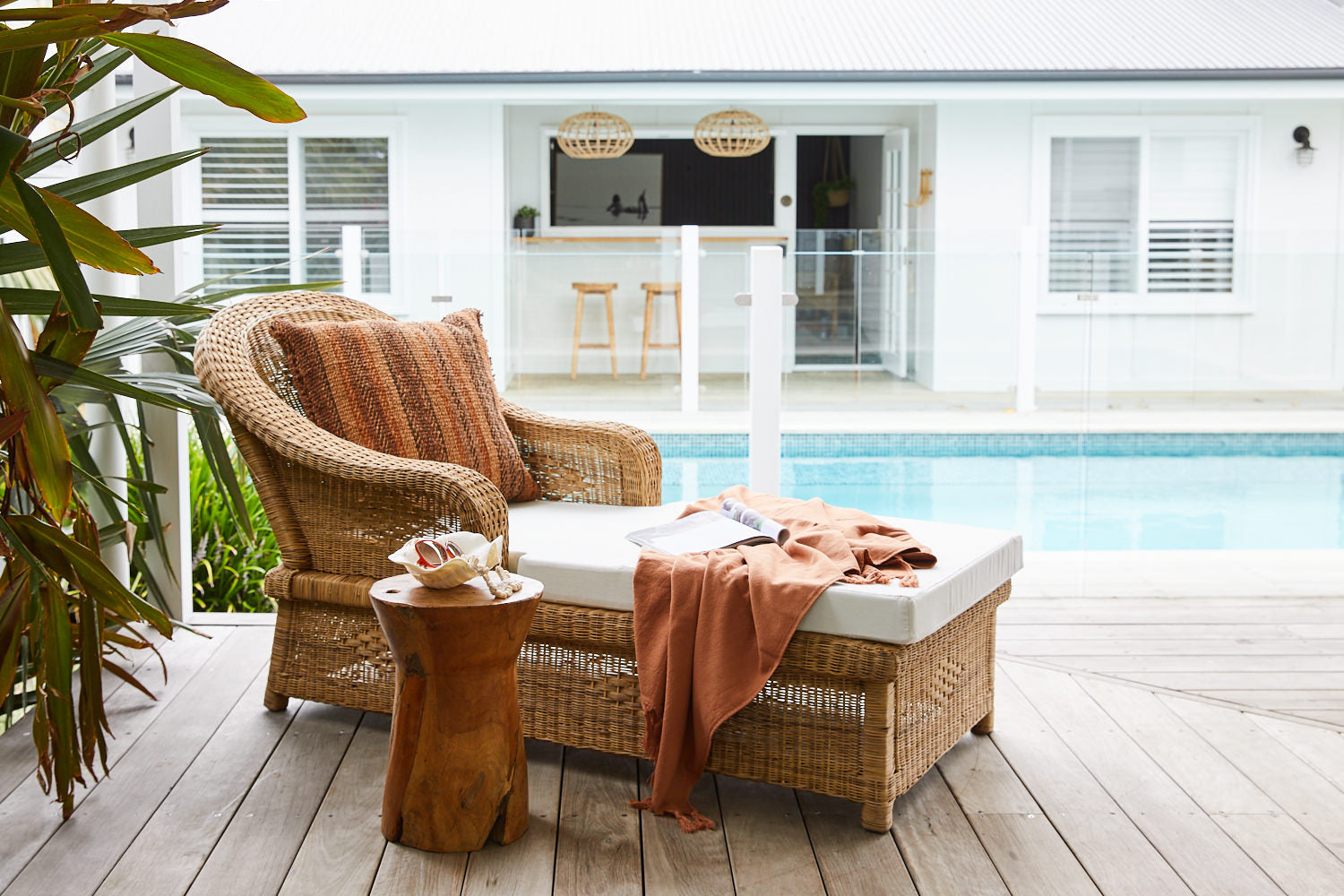
Cane Loungers: A Guide to Choosing the Right One
Cane loungers have long been associated with relaxation and comfort, adding a touch of natural elegance to any indoor or outdoor space. As you embark on the journey of selecting the perfect cane lounger, it’s essential to consider various factors to ensure that your choice not only complements your aesthetic preferences but also meets your functional needs. In this comprehensive guide, we will delve into the world of loungers, exploring their history, types, maintenance, and providing valuable insights to help you make an informed decision.
Table of Contents
The History of Cane Loungers
To truly appreciate the beauty and craftsmanship of loungers, it’s beneficial to understand their historical significance. Cane furniture has been in use for centuries, with its roots tracing back to ancient civilizations. The Egyptians, Greeks, and Romans all utilized natural materials like cane and reed to create functional and aesthetically pleasing furniture pieces.
In the colonial era, cane furniture gained popularity in Europe and America. Its lightweight yet sturdy nature made it a preferred choice for both indoor and outdoor furniture. Today, loungers continue to be a timeless and popular choice for those seeking a blend of comfort and style.
Types of Cane Loungers
When it comes to choosing a Classic Malawi Cane Lounger, there are various types to consider. Each type comes with its unique features and benefits, catering to different preferences and needs.
- Classic Loungers: These feature a traditional design with a woven cane seat and backrest. They often come with cushions for added comfort and are versatile enough to complement various decor styles.
- Rattan Loungers: Rattan is a type of palm that is closely related to the rattan vine used in cane furniture. Rattan loungers are known for their durability and natural aesthetic. The flexibility of rattan allows for intricate designs and patterns.
- Bamboo Loungers: While not strictly cane, bamboo loungers are worth mentioning due to their similar natural appeal. Bamboo is lightweight, eco-friendly, and resistant to weather conditions, making it an excellent choice for outdoor loungers.
- Wicker Loungers: Wicker is a weaving technique rather than a material, but it is commonly associated with cane furniture. Wicker loungers can be made from natural materials like cane or synthetic materials for added durability.
Classic Malawi Cane Lounger Chaise

The Classic Malawi Cane Lounger Chaise epitomizes timeless elegance and artisanal craftsmanship. Crafted with precision and attention to detail, this stunning piece seamlessly combines traditional Malawian cane weaving techniques with modern design principles. Its effortlessly chic silhouette and sturdy construction make it not only a visually captivating addition to any space but also a comfortable and functional seating option. The Classic Malawi Cane Lounger Chaise is a testament to the beauty of handcrafted furniture and a sophisticated choice for those seeking a touch of refinement in their home decor.
Kids Lounger Cane Chair

Introducing the Kids Lounger Cane Chair, a stylish and functional piece designed to add a touch of elegance to any child’s room or play area. Crafted with durability and comfort in mind, this chair offers a perfect spot for your little ones to relax and unwind. The combination of sleek cane design and sturdy construction ensures both practicality and aesthetic appeal. Ideal for creating a cozy nook for reading, playing, or simply lounging, the Kids Lounger Cane Chair is a versatile addition that blends seamlessly with any decor. Elevate your child’s space with this charming and timeless piece that prioritizes both quality and design.
Maintenance Tips for Cane Loungers
Proper maintenance is key to ensuring the longevity and beauty of your cane lounger. Here are some essential tips:
- Regular Cleaning: Dust and debris can accumulate in the woven cane or rattan. Regularly clean the lounger with a soft brush or vacuum attachment to prevent any build-up.
- Avoid Sun and Rain Exposure: If using outdoor cane loungers, protect them from prolonged exposure to direct sunlight and rain. Consider using covers when not in use to prevent fading and damage.
- Treat for Pests: Cane furniture can be susceptible to pests. Periodically treat your lounger with a mild insecticide to ward off any potential threats.
- Check and Tighten: Inspect the lounger regularly for any loose or damaged cane. Tighten any loose strands to maintain the structural integrity of the piece.
Frequently Asked Questions
Are Loungers Suitable for Outdoor Use?
Yes, many loungers are designed for outdoor use. However, it’s crucial to choose ones made from weather-resistant materials like synthetic rattan or treated natural cane. Additionally, using protective covers during harsh weather conditions can enhance their longevity.
How Do I Clean and Maintain My Cane Lounger?
Regular cleaning is essential to maintain the beauty of your cane lounger. Use a soft brush or vacuum attachment to remove dust and debris from the woven surface. For outdoor loungers, avoid prolonged exposure to direct sunlight and rain, and consider treating them with a mild insecticide periodically.
Can I Customise the Cushions for My Cane Lounger?
Yes, many loungers come with removable cushions, allowing you to customize them according to your preferences. You can choose different fabrics, colors, and patterns to match your existing decor or create a unique look for your outdoor or indoor space.
Are Bamboo Loungers Similar to Cane Loungers?
While bamboo loungers share some similarities with cane loungers, they are not the same. Bamboo is a separate material, known for its lightweight and eco-friendly properties. Both materials, however, offer a natural and organic feel, and the choice between them often comes down to personal preference and specific design considerations.
Can I Use Loungers in Small Spaces?
Yes, loungers come in various sizes, making them suitable for both large and small spaces. Before purchasing, measure the available space and choose a lounger that fits well without overwhelming the area. Opting for a more compact design or a foldable lounger can be a great solution for smaller living spaces or balconies.

Conclusion
Choosing the right cane lounger involves a thoughtful consideration of design, functionality, and maintenance. Whether you opt for a classic woven furniture cane design or a more modern rattan lounger, these timeless pieces of furniture are sure to bring both comfort and style to your living space. By understanding the history, types, and maintenance requirements, you can confidently select a cane lounger that not only fits your aesthetic preferences but also stands the test of time, providing you with a cozy retreat for years to come.